WANT TO SAVE THIS RECIPE?
In the heart of Amish culture, deeply embedded in its rich history and robust traditions, there lies a gem of culinary delight known by people around the globe – the Amish Cinnamon Bread. Exuberant with the aroma of fresh cinnamon and topped off with a golden crust, this bread narrates tales of its inception and evolution within the confines of Amish households. This simple yet exceptional food item bears witness to the hard work and dedication that Amish people put into their traditional cooking practices, proving that the art of baking is not simply an act, but a lifestyle to the Amish community. Get set to embark on a flavorful journey, as we discover the past, grasp the ingredients and process, and delve into the profound cultural significance of the Amish Cinnamon Bread.
You May Like This As Well
History and Origin of Amish Cinnamon Bread
Historical Context of Amish Cinnamon Bread
The Amish, formed in 1693 in Switzerland by followers of Jacob Amman, moved to North America during the 18th and 19th centuries to escape religious persecution. Assimilating into the American rural lifestyle while maintaining their unique religious and social institutions, the Amish culture thrived, deeply influencing regional culinary traditions, including the creation of the Amish Cinnamon Bread.
Amish cinnamon bread, also known as Amish friendship bread, began as a humble staple in the Amish community. It is believed to have originated from the traditional “sourdough” or fermented dough baking practice, which was quite common in colonial-era America. As many Amish families lived relatively isolated lives on their farms, traditional social activities such as collective baking and dough sharing became customary.
Amish Cinnamon Bread’s Cultural Significance
Amish Cinnamon Bread plays a significant role in the Amish community due to its symbolism. It’s typically baked as a ‘friendship bread’ – a shared item between groups and families. The baker splits the “starter” dough into portions, keeping one for themselves to bake a loaf and sharing the remaining portions with neighbors and friends, who would then carry on the tradition. This supportive and community-focused practice embodies the Amish values of sharing and connectivity.
Further, the process of making the bread is a testament to the Amish philosophy of patience and simplicity. The bread is leavened naturally using ‘sourdough’ techniques over multiple days, embodying the slow pace and simplicity central to Amish living.
Evolution of Amish Cinnamon Bread
Over time, the traditional Amish cinnamon bread recipe has evolved and adapted. Initial recipes were simple, using general pantry ingredients. The primary ingredients included flour, water, sugar, and yeast that were let to ferment over time, then baked. As the recipe circulated, various adaptations occurred, the most significant being the addition of cinnamon and sugar. This version became the ‘classic’ cinnamon bread recognized today.
Moreover, with the growth of food sharing platforms and the popularity of home baking, the Amish Cinnamon bread has transcended its origins, now being popular in homes beyond the Amish community. Currently, you can find variations of the recipe with added fruits, nuts, or a cream cheese swirl. Despite these alterations, the essence of community sharing, simple ingredients, and the lengthy fermentation process remain, keeping the tradition authentic to its Amish roots.
Amish Cinnamon Bread is more than just a delightful recipe, it’s a cherished reflection of the Amish community’s spirit of generosity. Known for their simplicity and self-sufficiency, the Amish people have shared this traditional bread for generations, using it to foster connections and uphold the value of shared experiences. Indeed, every slice of this bread carries with it a story of community and togetherness.

Ingredients and Preparation
The Making of Amish Cinnamon Bread
The process begins with gathering the necessary ingredients, which are divided into two categories: the bread base and the cinnamon-sugar topping. Crafting the bread base calls for 1 cup of oil, 2 cups of sugar, 4 eggs, 2 teaspoons of soda, 1 teaspoon of vanilla, 4 cups of flour, 2 cups of buttermilk, and of course, 2 cups of Amish Friendship Bread Starter. This starter is a distinctive mix of flour, sugar, milk, and yeast that is prepared and fermented over several days, in keeping with the Amish tradition.
As for the cinnamon topping that gives this bread its signature finish, the requirements are simpler. All you need is half a cup of sugar and 2 teaspoons of cinnamon to create the perfect sweet and spicy layer.
Preparation Process for Amish Cinnamon Bread
Preparing Amish Cinnamon Bread involves some steps that require careful timing. Initially, the oil, sugar, eggs, soda, vanilla, flour, buttermilk, and Amish Friendship Bread Starter need to be mixed together. After combining these ingredients, the mixture is divided evenly into two greased and floured loaf pans.
The cinnamon topping is created by combining the sugar and cinnamon together in a separate bowl. This mixture is then sprinkled across the top of the batter within the loaf pans. Just before the bread is placed in the oven, a knife is used to swirl the cinnamon topping into the batter, creating that distinctive cinnamon swirl seen in Amish Cinnamon Bread.
Baking is done at 325 degrees for one hour, and it is suggested you allow the bread to cool for 10 minutes before removing from the pan.
Modifications and Alternatives: Adapting the Ingredients
It comes as no surprise that the traditional recipe of Amish Cinnamon Bread can be adjusted to satisfy various dietary needs or preferences without compromising on its original taste or essence. There is an array of alternatives available to meet any dietary requirement.
For consumers requiring a dairy-free diet, one can substitute the buttermilk with an equivalent measure of almond milk and a spoonful of vinegar. In place of butter, vegetable oil is a great option. Moreover, people compromised with gluten can replace the normal flour with gluten-free flour.
For those leaning towards a more health-conscious path, regular sugar can be replaced with healthier substitutes like coconut sugar, and white flour can be traded for whole wheat or almond flour. Despite these changes possibly influencing the texture, a healthier version of the bread is achievable.
Whether the dietary considerations stem from personal choice or health necessities, there’s a version of Amish Cinnamon Bread for everyone that validates their nutritional requisites.
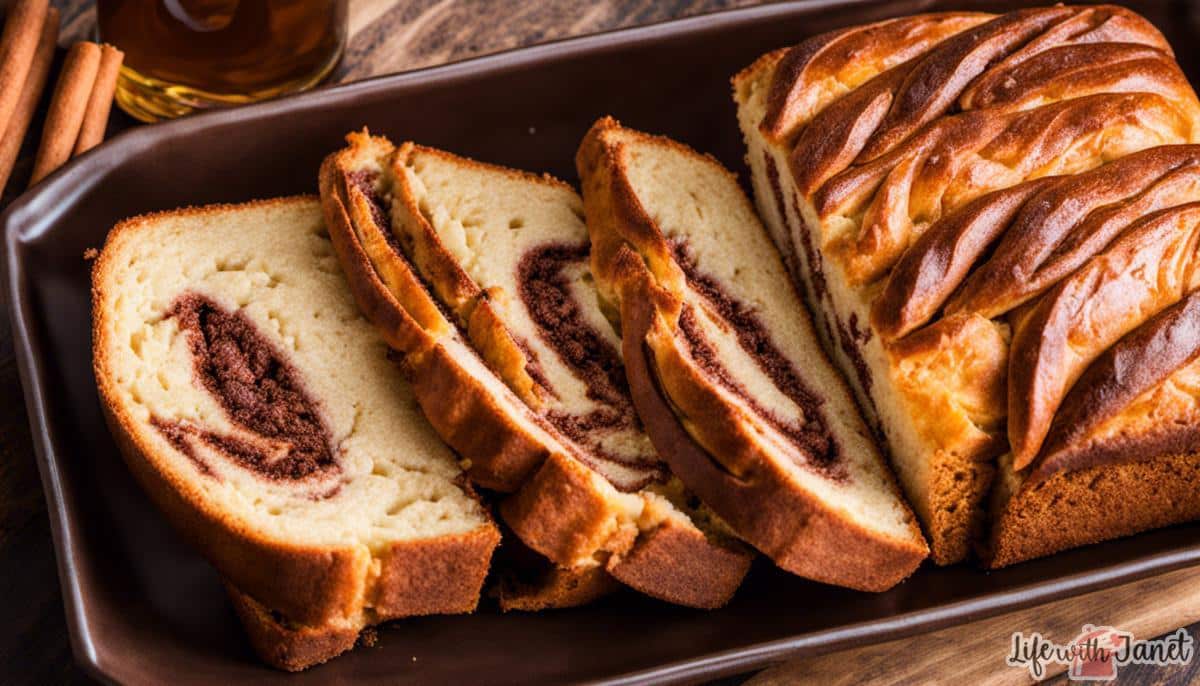
Significance of Amish Cinnamon Bread in Amish Community
The Role of Amish Cinnamon Bread in the Amish Community
Amish Cinnamon Bread stands as a beloved, and incredibly delicious symbol within the Amish community. This sweet delight serves as more than just a simple mealtime staple or dessert, it carries the weight of hospitality, tradition, and communal bonding within its sweet folds.
It is a common presence at various Amish events, from Sunday suppers to milestone celebrations, and communal gatherings. Communally shared, this bread connotes unity and camaraderie during critical community events like barn raising or bountiful harvests.
The bread’s cultural prominence is also highlighted by the traditionalist manner used in its creation. Given their cultural norms emphasizing work ethic and self-reliance, the rigorous process of kneading, rolling, and baking aligns perfectly with these values. Furthermore, the simplicity of the ingredients, often locally sourced from within the community, underscores their value for simplicity and self-reliance.
An interesting version of this bread is the “Amish Friendship Bread”, which involves a slow fermentation process. This starter dough is often passed around, creating a unique bond and connection among the members. By sharing a piece of this starter, they share more than just food; they share a piece of their community and culture, reinforcing the deep sense of unity, solidarity, and shared welfare within the Amish society.
Influence of Amish Cinnamon Bread on Amish Identity
Amish Cinnamon Bread also carries significance for the Amish community’s identity. It showcases the distinctive Amish culture that values patience – which is seen in the bread’s fermentation process, simplicity – mirrored by its basic yet wholesome ingredients, and community bonds – exhibited in the sharing of the bread or its starter.
Sweet and wholesome, the Amish Cinnamon Bread has become iconic of the Amish community over time. Similarly, visitors to Amish country often seek the authentic experience of tasting the Amish Cinnamon Bread firsthand. The popularity and recognition of this bread have enhanced the visibility and understanding of Amish culture beyond their communities.
In conclusion, the Amish Cinnamon Bread is more than a culinary delight – it is a significant cultural emblem, pivotal in community gatherings, an example of Amish values, and a means to share the warmth of Amish hospitality beyond their community boundaries.
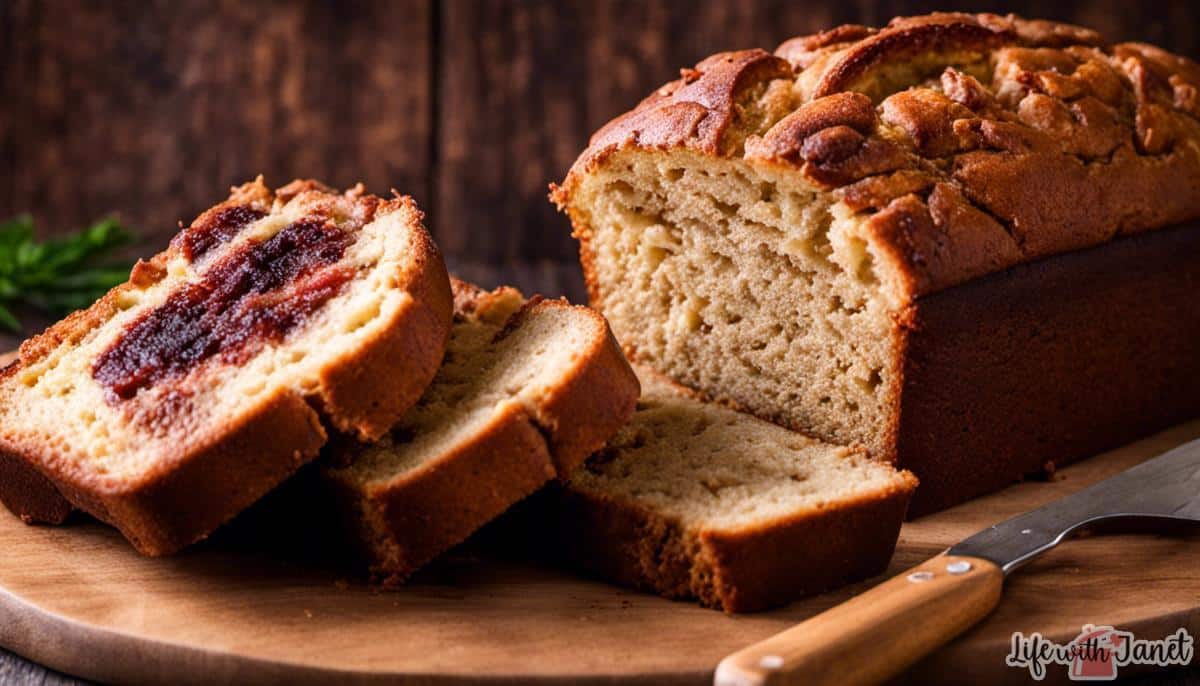
Enveloped in a rich tapestry of history, culture, and tradition, the Amish Cinnamon Bread stands attesting to the unwavering spirit of the Amish community, its commitment to simplicity and quality, and its shared sense of identity and togetherness. Far beyond being just a basic bread recipe, it epitomizes the Amish’s deep-rooted belief in dining as an act of communal bonding and celebration. It’s these values and a spectacular blend of ingredients that transform this humble loaf of bread into a timeless symbol of Amish heritage. As we part ways from this culinary journey, one can’t help but admire the Amish Cinnamon bread – a simple food, yet bearing a complex system of symbolism, and continuing to capture hearts and palates alike across generational boundaries.
Amish Cinnamon Bread
Ingredients
For the Heavenly Bread Base
- 1 cup of softened Challenge butter that’s 2 sticks, folks
- 2 cups of white granulated sugar
- 2 large farm-fresh eggs
- A splash or 2 teaspoons, of vanilla extract
- 2 cups of rich buttermilk
- 4 cups of your standard all-purpose flour
- 2 teaspoons of baking soda to give it that lift
For the Cinnamon-Sugar Cloud On Top
- A sweet ⅔ cup of granulated sugar
- 2 teaspoons of freshly ground cinnamon
Instructions
- Heat Things Up: Preheat that oven of yours to a snug 350°F (177°C). Lightly gloss over two 9×5-inch loaf pans with a bit of butter or cooking spray. Set ’em aside for now.
- Whip It Good: In a roomy mixing bowl, wield your handheld mixer to cream the butter, sugar, eggs, and vanilla into a smooth concoction. Once harmonized, fold in the buttermilk, flour, and baking soda using a rubber spatula. Mix just until the flour mafia is inducted into the creamy family—no lumps allowed.
- Cinnamon-Sugar Alchemy: In a petite bowl, cast in your cinnamon and sugar, swirling them together until well-mingled.
- The Layering Game: Take half of your prepared batter and equally divvy it up between the two pans you set aside. Unveil your cinnamon-sugar mix, generously sprinkling about 75% of it over the batter in each pan.
- Cover and Sprinkle: Blanket this sugary layer with the remaining batter. Now, don’t forget that last 25% of your cinnamon-sugar mix; let it snow right on top of your loaves.
- Swirl, Baby, Swirl: For some culinary flair, grab a butter knife and artfully carve a few swirls into the batter of each pan. This isn’t just for show; it marries the flavors.
- Bake Your Heart Out: Send your loaves into the preheated oven. Bake for about 45 minutes. The ultimate test? A toothpick coming out clean when poked near the middle.
- The Waiting Game: Once out of the oven, grant them a 20-minute cool-off in their pans. After, transition them to wire racks until they’re cool as a cucumber.

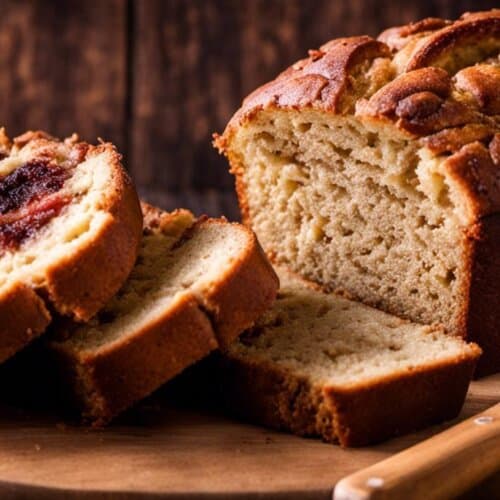

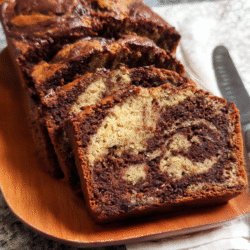

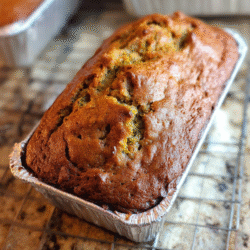
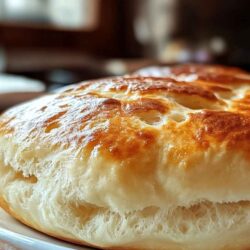
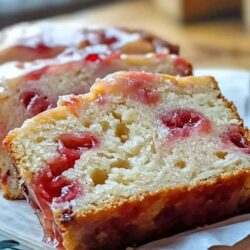
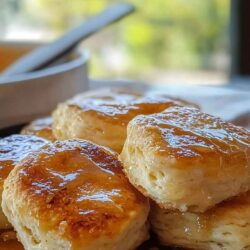
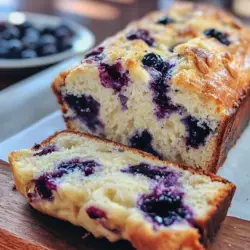

This Looks Heavenly Delicious Yummy , CAN’T Wait To Make It.Thank You For Sharing Your Recipes,God Bless You and YOUR Family and You Have A Wonderful Great Blessed Day ❤️.
This is good. Love they gave variations